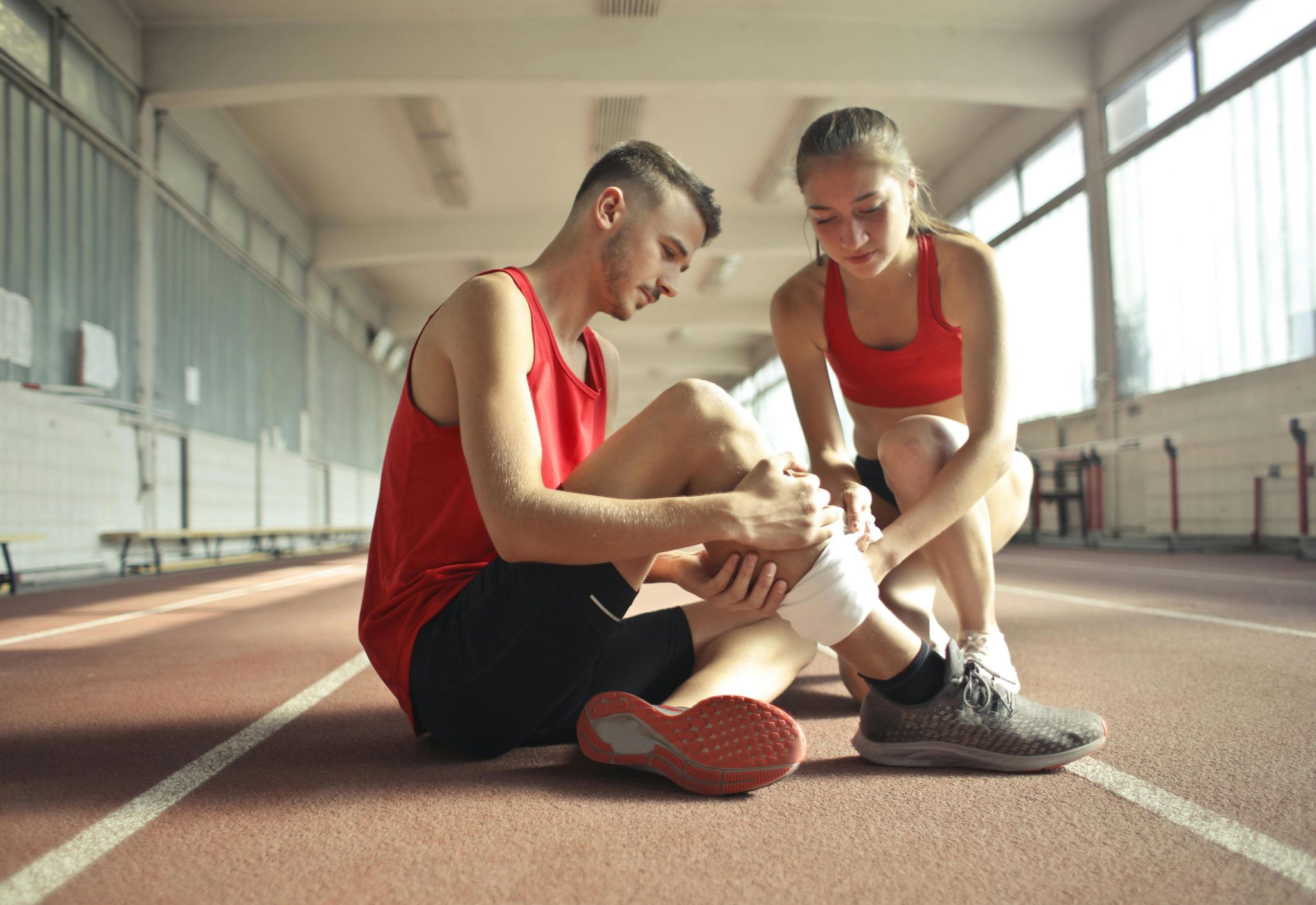
Athletes often underestimate early discomfort that later turns into injury. A small ache might seem harmless at first. Over time, repeated stress without rest leads to breakdown. Warm-up routines get skipped, form breaks down, and movements become uneven. This silent buildup turns minor strains into chronic pain. Most injuries aren’t caused by a single moment—they emerge slowly and compound unnoticed. Many assume it’s part of the process, delaying care until the damage becomes obvious.
Poor alignment or muscle imbalance increases strain on specific areas
Some injuries arise even with perfect intentions. Poor alignment or muscle imbalance increases strain on specific areas. One hip moves differently, one shoulder carries more weight, one foot lands harder. These asymmetries might seem subtle. But during intense activity, they add up. The body begins to compensate, shifting load to joints or tendons unequipped for pressure. Stretching alone doesn’t fix imbalance. Strengthening the weaker side often takes more effort than maintaining the stronger one.
Sudden direction changes demand more than strength—they require joint control
Sports that involve cutting, pivoting, or sprinting bring specific risks. Sudden direction changes demand more than strength—they require joint control. Knees and ankles suffer when torque exceeds capacity. Even trained athletes can misstep under fatigue. It’s not always about speed or power. Controlled deceleration matters more during explosive changes. Without it, tendons overstretch, and ligaments tear. Many ACL injuries occur without contact, simply from awkward landings or rushed direction shifts.
Playing through pain disconnects athletes from useful body signals
Mental toughness is often celebrated in competition. Playing through pain disconnects athletes from useful body signals. Ignoring soreness feels like commitment, but it hides risk. Pain isn’t weakness—it’s data. When something hurts repeatedly, the body is alerting a problem. Continuing without adjustment makes recovery longer and more complex. That temporary high often ends in long-term regret. Recovery begins faster when athletes respond early instead of proving endurance to others.
Overtraining creates inflammation that outpaces the body’s repair cycle
Intensity alone doesn’t guarantee progress. Overtraining creates inflammation that outpaces the body’s repair cycle. Muscles break down faster than they can rebuild. Rest becomes insufficient. Sleep quality drops. Mood shifts. Performance declines. Eventually, tissues weaken instead of strengthen. This condition goes beyond physical pain. It affects hormones, digestion, and immunity. Preventing injury includes respecting downtime as part of the training cycle, not a sign of laziness.
Compression gear supports circulation during activity and between sessions
Some tools help reduce stress or encourage healing. Compression gear supports circulation during activity and between sessions. These garments don’t fix injuries but may reduce swelling and support muscle fibers. Athletes recovering from sprains or strains often use them to prevent fluid buildup. They’re also used post-exercise to aid recovery. Fit and material quality determine effectiveness. Loose or overly tight sleeves can backfire. Not every joint needs compression—but when used correctly, they may delay fatigue.
Cold exposure helps limit inflammation after high-impact sessions
Post-exercise protocols vary across sports. Cold exposure helps limit inflammation after high-impact sessions. Ice baths, cold showers, or cryotherapy can reduce muscle soreness temporarily. They don’t accelerate healing directly but slow excessive swelling. Not all bodies respond the same. Some feel rejuvenated, others feel stiff or chilled. Timing matters too—applying cold too early may interrupt natural adaptation. Still, for acute pain or swelling, targeted cold remains a first-line option.
Recovery meals should include both hydration and micronutrient-rich ingredients
Injury recovery starts at the cellular level. Recovery meals should include both hydration and micronutrient-rich ingredients. Calcium, magnesium, zinc, and vitamin C support tissue regeneration. Collagen and protein help rebuild torn structures. Electrolytes keep nerve signals functioning properly. Skipping meals or ignoring nutrition can extend inflammation unnecessarily. Healing isn’t only about what’s avoided—it’s about what’s provided daily. Whole foods do more than painkillers alone.
Scar tissue forms when collagen repair exceeds the normal fiber structure
Some healing processes leave behind lasting changes. Scar tissue forms when collagen repair exceeds the normal fiber structure. That scar tissue may restrict movement, cause stiffness, or change biomechanics. Massage, stretching, and guided therapy help reduce restriction. Ignoring scar management often leads to re-injury or movement compensation. Pain may decrease, but mobility doesn’t always return without focused intervention. This is why rest alone isn’t enough—movement must return strategically.
Ankle sprains often occur when support muscles fail under sudden load
Certain injuries remain common across all sports. Ankle sprains often occur when support muscles fail under sudden load. The foot turns, the ligament stretches, balance disappears. Ice and rest help short-term, but long-term stability requires strengthening. Balance exercises, single-leg drills, and proprioception training restore function gradually. Without it, future sprains become more likely. Scarred ligaments don’t tighten on their own—they must be retrained to stabilize.
Shoulder impingement may result from repeated overhead motion
Upper body injuries often follow repetition. Shoulder impingement may result from repeated overhead motion. Swimmers, pitchers, and lifters experience pinching between tendons and bone. Pain worsens at the top range of motion. Rest helps briefly, but mobility work and form correction are critical. Strengthening the scapula and rotator cuff brings long-term relief. Sometimes, daily activities—not sports—create the underlying problem. Desk posture and phone use can shorten key muscles without warning.
Hamstring pulls often trace back to poor warm-up or sudden acceleration
Explosive sports carry risk for soft tissue tears. Hamstring pulls often trace back to poor warm-up or sudden acceleration. Cold muscles overstretch, especially in sprinters and jumpers. Recovery involves gradual load increase and eccentric strengthening. Rushing back increases tear recurrence. Even walking may feel normal while sprinting still carries risk. Testing readiness takes more than feeling “better.” Controlled return protocols reduce fear of re-injury and build confidence again.
Stress fractures result from tiny cracks accumulating under repeated impact
Some injuries aren’t visible on the surface. Stress fractures result from tiny cracks accumulating under repeated impact. Runners, dancers, and endurance athletes experience them in feet or shins. Pain starts dull, increases with use, and lingers after rest. Early diagnosis requires imaging—X-rays may miss them initially. Bone health plays a role—nutrition and hormone levels matter. Returning too soon risks full fracture, requiring longer immobilization.
Ligament healing may take longer than muscle due to limited blood flow
Different tissues heal at different speeds. Ligament healing may take longer than muscle due to limited blood flow. The ACL or MCL can take months, even with therapy. Movement must progress carefully—immobility causes stiffness, but too much activity causes reinjury. Loading protocols shift weekly. Braces may help early but shouldn’t become permanent crutches. Patience with progress often determines whether surgery becomes necessary.
Scar mobilization requires hands-on therapy and patient participation
Healing doesn’t end when pain fades. Scar mobilization requires hands-on therapy and patient participation. Adhesions limit flexibility and change muscle activation. Massage, dry needling, or myofascial release reduce restrictions. These methods aren’t pleasant—but they often restore range that stretching alone can’t. Progress happens slowly, through repetition and targeted discomfort. Doing nothing keeps the tissue stiff. Active effort brings back function.
Baseline testing before injury helps define safe return thresholds
Knowing where you were helps guide where you return. Baseline testing before injury helps define safe return thresholds. Athletes with pre-injury strength or flexibility scores can track readiness. Without these, return may be based on pain alone—which isn’t reliable. Functional tests like hops, jumps, or movement screens create objective data. Coaches and therapists use this information to build custom progression plans. Guesswork often leads to relapse. Testing avoids blind spots.
Footwear that fits poorly creates pressure points and alters joint angles
Gear affects more than performance—it affects safety. Footwear that fits poorly creates pressure points and alters joint angles. Arch collapse, heel shift, or toe compression change movement. Replacing worn-out shoes can reduce repetitive strain injuries. Insoles may help alignment. Minimalist trends don’t suit every foot type. Foot care isn’t cosmetic—it shapes how you move, land, and absorb shock over time.
Source: Best Orthopedic Surgeon in Dubai / Best Orthopedic Surgeon in Abu Dhabi
